Blockchain 101
Blockchain/Cryptocurrency 101
There has been quite a bit of interest in cryptocurrency and blockchain technology recently. The technical aspect of how this new technology functions is rarely explained in a rudimentary fashion. This is my attempt to explain the technology for laypersons so they might have a better understanding of how this technology will impact our lives in the future. Below I give a brief explanation on what blockchains are, what they are capable of, how they function, and how to trade cryptocurrencies.
Blockchain

Cryptocurrency, Bitcoin, Ether are all blockchains. Blockchains are basically a spreadsheet (LEDGER) that is duplicated multiple times across a network and updated regularly simultaneously. There is no centralized version of this ledger. It is hosted simultaneously by thousands/millions of computers. These ledgers will update on their own, Bitcoin as an example automatically checks itself every 10 minutes. Each of these 10-minute increment of transactions (in bitcoins case transactions would be sending or receiving bitcoins from one person to another for goods or services) are called BLOCKS. For these blocks to be confirmed, accepted, and updated to the ledger nodes are required.
Nodes (Mining/Forging)

A node is a computer running the blockchain software on the network. The blockchain software will automatically download the entire ledger of all transactions since its inception. At regular intervals, the software will take the transactions of a block (data on the ledger) and convert them into a mathematical puzzle to be solved by randomly chosen nodes (MINING). Mining requires powerful processors (typically GPUs) and substantial quantities of energy to receive mined tokens profitably. When a specific number of nodes solve the puzzle with the same answer they are basically confirming that the data on the block is accurate as multiple independent nodes found the same answer. When confirmed, the block gets added to the previous blocks making a chain of blocks aka a blockchain. As an incentive to run your computer as a node you are rewarded with TOKENS. If a single person or group of people wanted to manipulate the ledger, the amount of machinery and electricity used to achieve a majority of miners thus allowing you to manipulate the ledger is so exponentially expensive that it serves no reasonable purpose. This is an example of a Proof of Work Blockchain System (computer solves puzzle and rewarded with tokens)
Tokens
Tokens are part of the core of the blockchain. They are an incentive to validate transactions and create blocks. They gain intrinsic value based on the blockchain they are associated with. Some blockchains grant token holder’s different abilities. With Bitcoin, tokens are needed to pay for transaction fees. Others allow voting rights on how certain blockchain functions are managed. There is a limited amount of Bitcoin that will ever be released to nodes (21 million expected to be all be released by 2033) which also keep inflation from being a problem. Blockchains can create their platform with whatever number of tokens they would like and release them or create means to mine them as they see fit. Essentially, as with any other fiat money (currency that a government has declared to be legal tender NOT backed by a physical commodity), as adoption and trust increases the value of the token will increase. If most people accept Bitcoin for services and stores accept Bitcoin for goods than it is as good as the next currency.
Wallets

Whether you mine for tokens, are paid in tokens for goods or services or purchase tokens from a person or currency exchange you need a place to store them securely and a way to send and receive them. Cryptocurrency Wallets don’t store currency, they hold your public and private keys that interface with the blockchain so you can access your balance, send money and manage your funds. The public key allows others to send money to the public key only. A wallet that is "offline" (see Hardware or Paper below) cannot access funds or send money unless it is accessed with another form of wallet, either desktop, online, or mobile.
- Desktop Wallet - Installed on your computer and are only accessible from that SINGLE computer. Very secure but if someone hacks your computer you are exposed.
- Online Wallet - Run remotely (cloud based) and are far more convenient to access but make them more vulnerable as they are controlled by a third party and are also vulnerable to hacking attacks. Exchange wallets are online wallets but you are not in control of the private key. View it as a wallet that is lended to you so you can trade. The wallet is technically not yours.
- Mobile - Ran on an app and are useful as they can be used anywhere including retail stores
- Hardware - Private keys are stored on a tangible device like a USB drive. They can make transactions online but they are stored offline. Compatible with web interfaces and support many but not all currencies. To use, plug into a computer, enter a pin, send currency and confirm. Safest form of storage.
- Paper - Basically a physical printout of your private and public keys. It is not stored online anywhere and the only way transactions can happen is if you transfer money with the help of an Online wallet.
Example of a Public Key = 1A684DbsHQKPVCWgaUsYdF4uQGwTiA9BFT
Example of a Private Key = E9873D79C6D87DC0FB6A5778633389F4453213303DA61F20BD67FC233AA33262
Most wallets provide a Recovery Mnemonic Passcode that is a series of words (typically 12 to 24 words) in a specific order. If you lose your login information for your wallet you can supply the mnemonic passcode and retrieve your lost login information. If you lose your login information and your mnemonic passcode your wallet will be inaccessible and your tokens are lost to you. The above basically describes a first generation Blockchain Cryptocurrency such as Bitcoin. It is used basically as currency with no centralized entity regulating the release of additional currency and keeping the ledger of where the money is going secure and extremely safe from manipulation.
Second Generation Blockchain
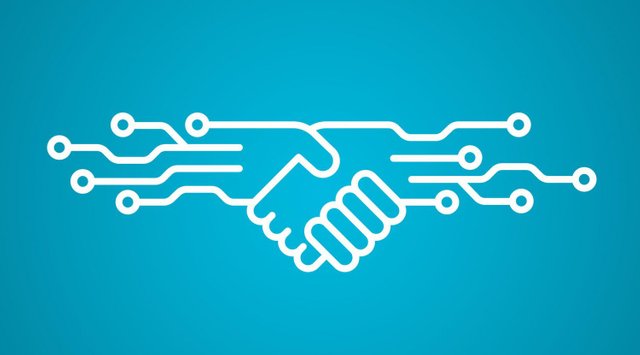
The second generation blockchains sprung out of this environment with something more valuable. Utilizing the blockchain system to allow applications to be ran on top of a decentralized secure system. Instead of just recording transactions, contracts could be transmitted the same way. More complex transactions (SMART CONTRACTS) allow for things such as:
- Funds to be spent only when a required percentage of people agree
- Manage agreements between users (such as insurance)
- Provide utility to other contracts
- Store information about an application such as domain registration information or membership records
This basically can allow applications to be ran on top of the blockchain system. This can cut out the middleman for many real-world applications (mortgages, banking, communications, security confirmations etc.)
Proof of Work/Proof of Stake
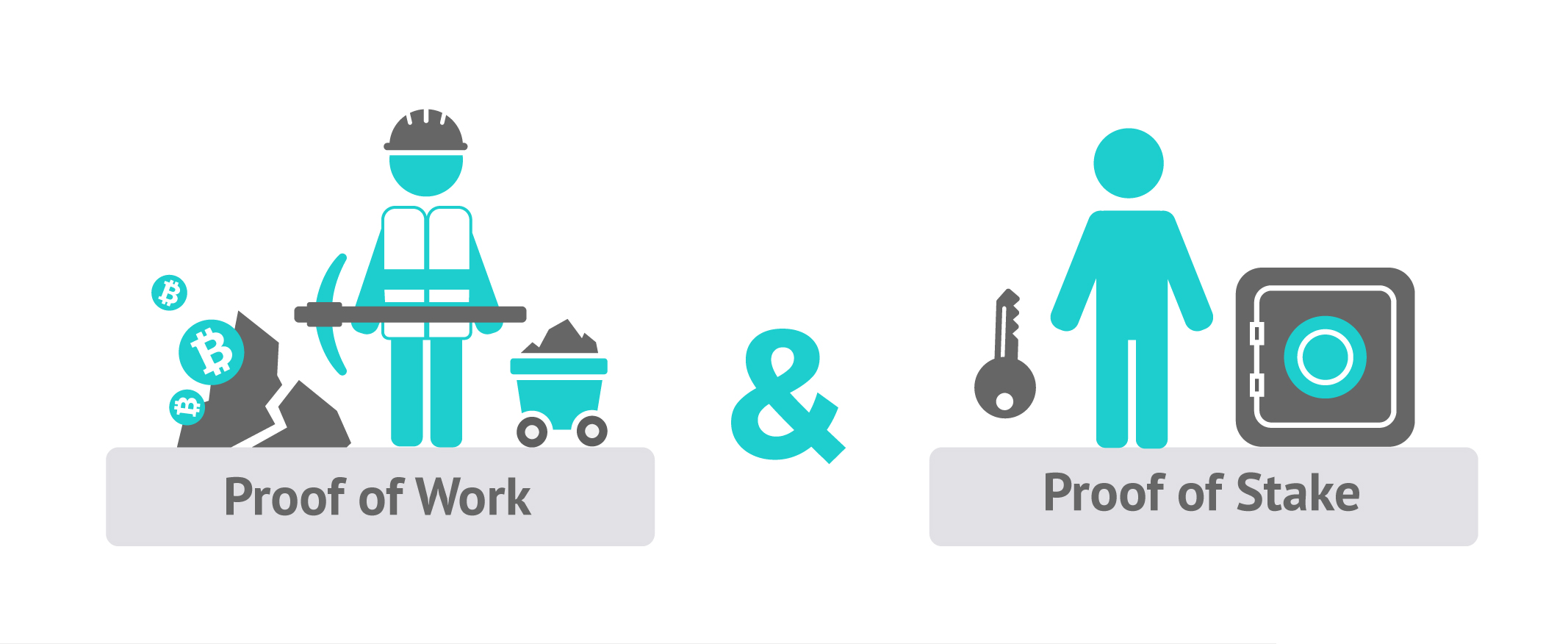
As I mentioned earlier, Proof of Work (PoW) requires nodes to solve a mathematical puzzle which is rewarded with tokens. Proof of Stake (PoS) is different, the tokens with proof of stake systems are pre-mined meaning they are all created when the blockchain system is created. Blocks are not verified by the typical method. The block validator uses the blockchain software to stake their tokens and are chosen based on specific factors depending on how many tokens the person holds and for how long. Depending on how many tokens they hold will restrict the quantity of blocks they can validate. If they own more they can validate more often but all validators will be chosen randomly keeping the rewards distributed (unlike PoW which typically reward the first completed.) The blockchain still requires a mathematical puzzle to be solved but it is much easier than PoW requiring far less time and energy. If the blockchain has premined all of their tokens then new tokens cannot be mined for rewards in PoS. The reward for staking your tokens to be a validator is a portion of the transaction fee that is charged as part of normal transactions on the blockchain. That is why PoS miners are called forgers. If manipulation is attempted than their stake can be taken from their wallet adding more motivation to prevent data manipulation.
Forks

Some cryptocurrencies may need to update or upgrade the coding of their blockchain software. When this happens usually a fork occurs. This basically means the cryptocurrency splits into two separate cryptocurrencies. Because the nature of blockchain technology, they are decentralized and autonomous so the older version cannot be deleted or removed. If people choose to continue using the old version they can. For mining/forging purposes the nodes will need to choose which they will mine/forge and download the blockchain software on their computer to proceed. When the fork occurs, anyone holding tokens in the original currency will be given the same number of tokens in the forked currency. (When Bitcoin forked to Bitcoin Cash, anyone holding x amount of Bitcoin would receive a new wallet for Bitcoin Cash also containing x amount of Bitcoin Cash.) This is called a Hard Fork and all previous transactions are made invalid. There are also Soft Forks, in this case it is backwards compatible and all previous transactions are valid. This can result in two currencies but in most cases, it doesn’t as it is usually accepted by most miners/forgers because it is backwards compatible.
Exchanges

Online currency exchanges allow you to buy, sell or exchange fiat money (USD, EUR, etc.) with digital currencies or in most cases digital currencies for other digital currencies. There are a large variety of different exchanges that are operated in multiple countries but there are around a dozen that the majority of cryptocurrency trading volume are present on. Not all cryptocurrencies will be listed on all exchanges, some have specific prerequisites to be listed on their exchange and there may be fees associated as well. Once your account is set up you will have a list of all available cryptocurrencies to trade. Each currency will have an associated online wallet with the public key address allowing you to send that specific currency to that wallet. (Many exchanges are having delayed or canceled identity verification, currency transfers and lack sufficient customer support due to the influx of new traders) Examples of top exchanges:
- Coinbase (trades fiat)
- GDAX (trades fiat)
- Gemini (trades fiat)
- Changelly (trades fiat)
- Bittrex
- Binance
- HitBTC
- EtherDelta
- Bitfinex
- Kraken
- Bithumb
- Bitstamp
- Poloniex
- OKEx
- Robinhood (trades fiat/cryptocurrency to be traded in February)
Sending/Receiving Tokens
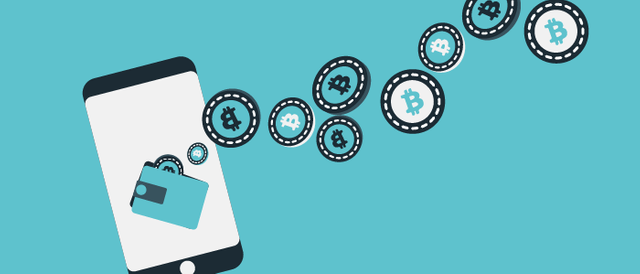
All wallets can send digital currency to other wallets. The function is relatively easy, make sure the currency you are sending is going to the appropriate wallet for that currency. Ethereum tokens cannot be sent to a Bitcoin wallet for example. (The tokens aren’t actually moving location; the list of transactions/ownership is what is stored in the wallet). Triple check the wallet public key you are sending the tokens to. If you type the wrong address the tokens will be lost in nearly all incidents. Some mobile wallets allow you to scan a QR code that will automatically enter the public key rather than copying/pasting or typing out the public key.
Taxes
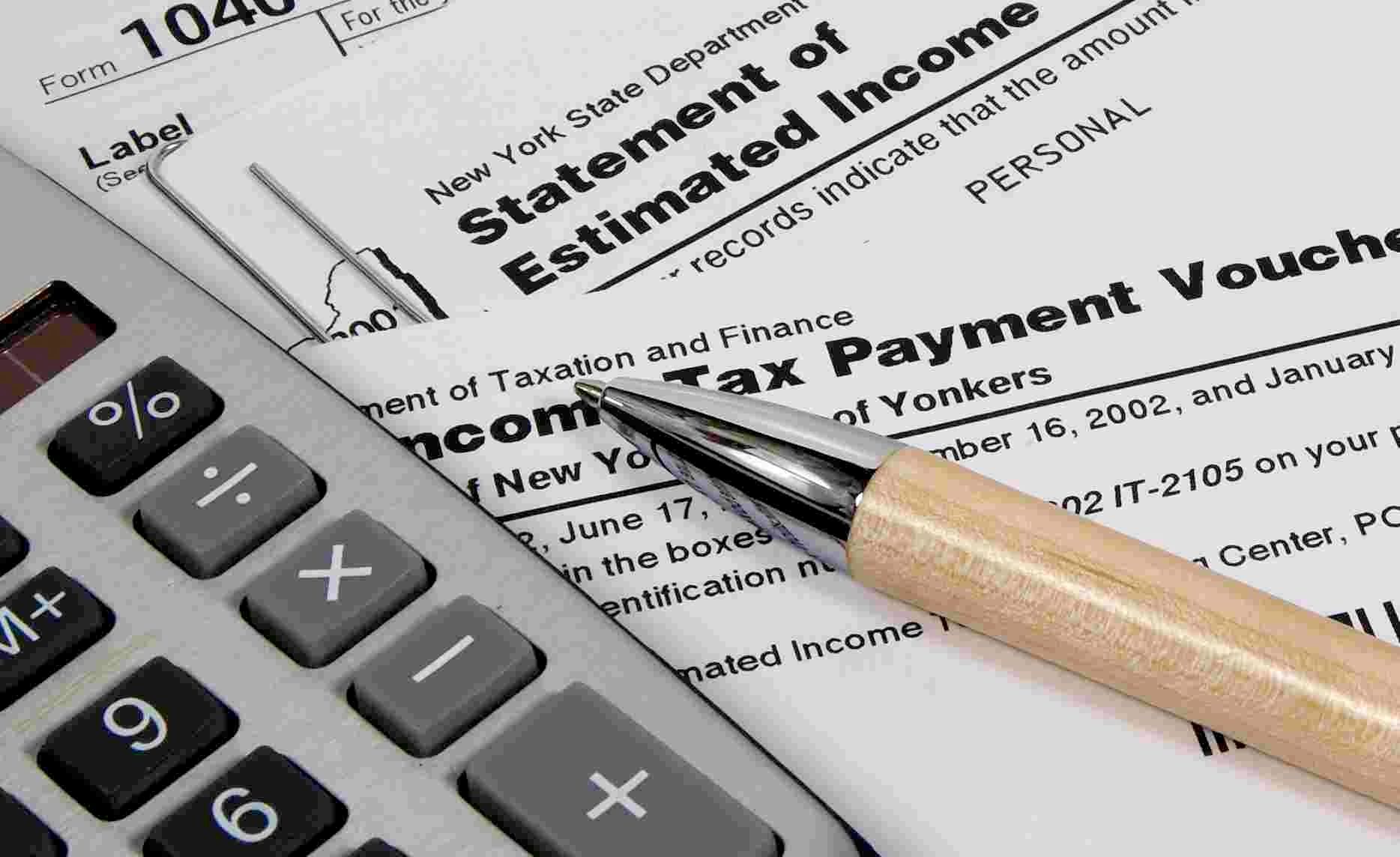
As of January 1, 2018, it appears that taxing on digital currency has changed. Every trade between any digital currencies (Bitcoin to Ether, Ether to Litecoin etc.) will be a taxable transaction. If you hold the currency for longer than one year than you will pay capital gain tax when it is traded or sold (15%-20%) and if you sell or trade in less than a year you will have to add the profit to your taxable income to adjust your tax bracket.
Altcoins

Altcoins are basically any coin that is not Bitcoin. Most cryptocurrencies do not have a native blockchain (their own independent dedicated blockchain). Bitcoin, Ether, Ripple, Waves, NXT, Cardano all have their own native blockchain. Many other cryptocurrencies run on other cryptocurrency’s blockchains. Litecoin is one of many that runs on Bitcoins blockchain, a significant amount run on the Ethereum blockchain. These currencies act as smart contracts running on the adopted blockchain.
DApps (Decentralized Applications)

For a blockchain application to be considered a DApp it must be
- Open source, code available to all
- Decentralized, uses blockchain cryptographic tech
- Incentive, must have tokens to fuel itself
- Algorithm/Protocol, generates tokens and has a built-in consensus mechanism (mining/forging.)
There are 3 types of DApps, each basically piggybacks off the platform of the previous
Type 1 – Have their own blockchain (like bitcoin)
Type 2 – Use the blockchain of Type 1 DApps
Type 3 – Use the protocol of Type 2 DApps
ICO (Initial Coin Offering)

Much like an IPO (Initial Public Offering) that offers stock in a private company to the public, an ICO raises money for new Cryptocurrency ventures. Typically, a minimum investment is required in the form of a cryptocurrency such as Bitcoin or Ether and the investor is given tokens of the cryptocurrency at a reduced cost. Since ICO’s are so new, government agencies have not begun regulating these ventures making them extremely risky as anyone with a competent coder can create and market a cryptocurrency that can be used to swindle investors who aren’t cautious. The US government no longer allows its citizens to participate in ICO’s and if you are using a computer with an IP address located in the United States, ICO’s websites will not allow you to invest.
Research

- Whitepapers – Each cryptocurrency will have their own dedicated websites and most will have a whitepaper that has a description of what their cryptocurrency is designed to do.
- Roadmaps – Also on each cryptocurrency’s website, they tend to have a roadmap or timeline as to when they are planning to complete certain milestones be it added features to the blockchain or wallet or any other important events.
- Coinmarketcap.com – List of every available cryptocurrency, the exchanges they trade on, market cap, trade volume, available tokens, newly created tokens etc.
- Livecoinwatch.com - Very similar to coinmarketcap.com
- Reddit.com (cryptocurrency subreddit) – Subreddits focused on cryptocurrency as well as specific subreddits focused on individual cryptocurrencies. Be cautious as many people on these sites are uninformed and/or are trying to manipulate the market by fooling others to buy or sell based on fraudulent information.
- Bitcointalk.org – Forums specific to individual cryptocurrencies. There is a lot of self-marketing (bounties) on this site. Take what they say with a grain of salt
- Twitter/Facebook (Social Media) – Many times news from team members or the cryptocurrency’s social media page will break news before it is listed on any of the above-mentioned outlets. Find out who is working for the cryptocurrency you are interested in and start following the team’s social media. Don’t forget to look at their LinkedIn accounts if available, previous employment and behavioral history to confirm they are competent.
- GitHub - Code from projects can be uploaded here and reviewed for issues and revisions.
Tools

Delta - A cryptocurrency portfolio tracking app for your phone. Manually enter in the trades you've made and has real time prices to inform you where your profits/losses are at. Free app, Pro version allows you to enter multiple portfolios
Google Authenticator/Duo Mobile/Authy - Two step verification apps that add a layer of security to your exchanges and other sites. Most use Google Authenticator, they can be utilized in your exchanges settings. Always backup the initial 2 step passcode in case you lose your phone or buy a new phone.
If you enjoyed my article and would like to contribute, all donations are appreciated.
BTC (Bitcoin) = 3MZ6PcEG7vNfTo4AqefzPVzqUKFNVZUkmh


ETH (Ether) = 0xB4604a8a19d5cE67B1d53651e818fd173eBd4b31

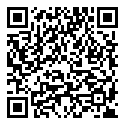
LTC (Litecoin) = MT7Yvm5fCJcxZuxsDzbrvQcFUNak2Ci5LY

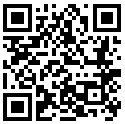
XLM (Stellar Lumen)= GCF6SMXNZXLO26TWL5QH455PSUUCJ2IJL5BN4P53OE7PURBUEBJLH3I5


Great information! The best way to learn something is to teach. Very informative, keep up the good work!
great detail man!
Congratulations @truantlife! You received a personal award!
You can view your badges on your Steem Board and compare to others on the Steem Ranking
Do not miss the last post from @steemitboard:
Vote for @Steemitboard as a witness to get one more award and increased upvotes!
Congratulations @truantlife! You have completed some achievement on Steemit and have been rewarded with new badge(s) :
Click on any badge to view your own Board of Honor on SteemitBoard.
For more information about SteemitBoard, click here
If you no longer want to receive notifications, reply to this comment with the word
STOPGreat Pieces of information here, and very nicely explained. Thanks for that.
Congratulations @truantlife! You received a personal award!
Click here to view your Board